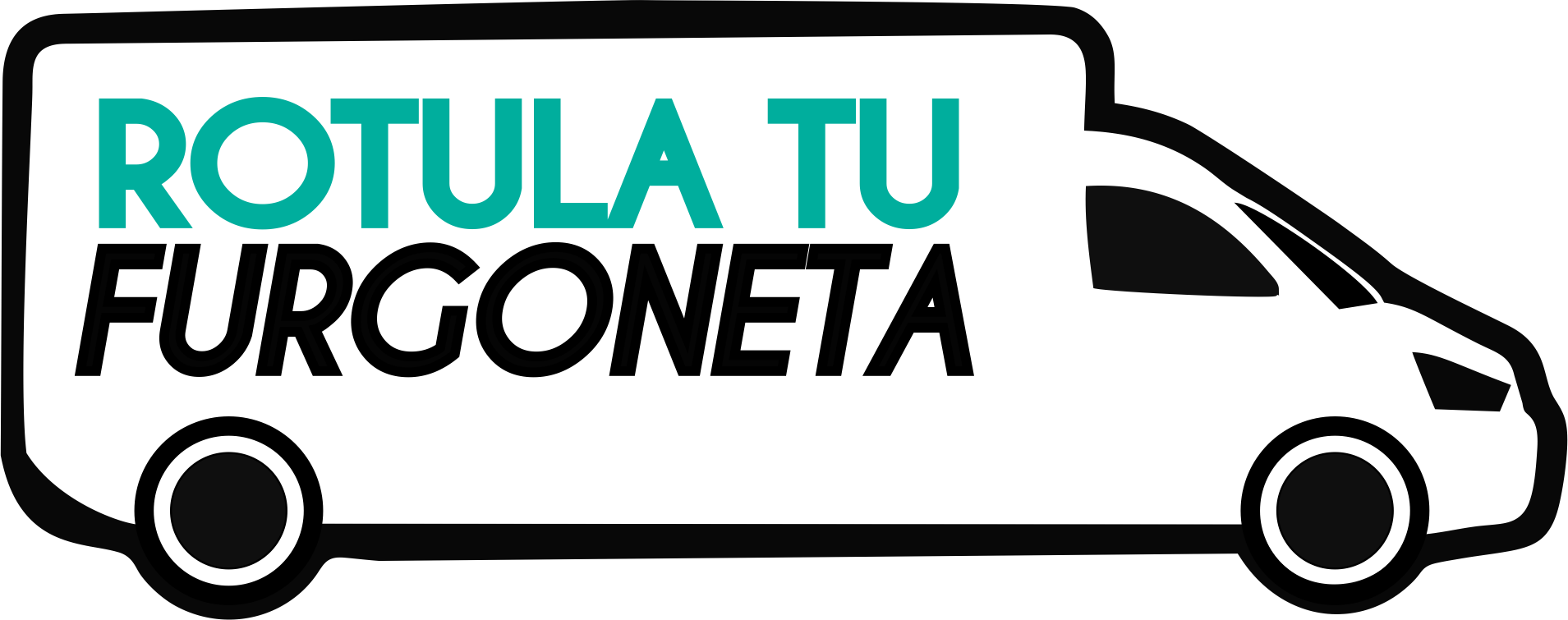
This framework is beneficial in strategic planning and risk management, where foresight and preparedness for different scenarios can influence long-term success. Today, in agile environments, we want teams to share accountability and ownership rather than individuals. RACI focuses on who to fire or promote depending on output, while DACI looks to make the best decisions and help teams work effectively. The approver decision making framework is ideally one person but, depending on the scope and complexity of the project or organization, it may be necessary to have multiple approvers. Keep approvers to as few as needed for decision-making efficiency and quality. For organizations looking to become more agile, it’s possible to quickly boost decision-making efficiency by categorizing the type of decision to be made and adjusting the approach accordingly.
The Ladder of Inference, developed by Chris Argyris, assists individuals in comprehending their own thought processes and biases influencing decision-making. Cost-Benefit Analysis is an economic framework that quantifies the costs and benefits of different options to ascertain the most favorable decision. Edward de Bono introduced the Six Thinking Hats framework, which employs different metaphorical “hats” to represent various thinking perspectives—logic, emotion, creativity, critical analysis, and others.
Megatrends That Will Change How You Do Business
And more data often means more decisions to be taken, which can become too much for one person, team, or department. This can make it more difficult for leaders to cleanly delegate, which in turn can lead to a decline in productivity. Let’s walk through the standard framework for decision-making that will help you and your team pinpoint the problem, consider your options, and make your most informed selection. Here’s a closer look at each of the seven steps of the decision-making process, and how to approach each one. However, settling on the best course of action is often easier said than done. When instinct and reasoning alone aren’t enough to pinpoint the best decision out of your available options, it can often be helpful to utilize a decision-making model.
The Eisenhower Matrix, also known as the Urgent-Important Matrix, helps prioritize tasks and decisions based on their urgency and importance. Developed by Dwight D. Eisenhower, the 34th President of the United States, it categorizes tasks into four quadrants to assist in managing time and priorities effectively. This framework is useful across various fields where effective time management is critical. By outlining the steps from observing data to drawing conclusions and taking action, this framework encourages reflection and challenging assumptions. This framework is useful across various fields, fostering self-awareness and critical thinking in decision-making processes.
Untangling your organization’s decision making
All the decision-making frameworks we’ve considered in this post work great. However, it’s impossible to compare them and select the best one as they all serve different purposes and suit different situations. The framework is the result of our constant search for a universal tool to collect, analyze, and structure complex contexts of any subject. British product designer, Stuart Pugh, introduced a mathematical approach to ranking options with multiple characteristics (dimensions) and called it the Decision Matrix method. When all the ideas (even the craziest ones) are listed, you need to consider each of them separately for an in-depth context investigation. After that, compare each option and decide which is the best in the given conditions (time frames, budget, feasibility).
It involves identifying the strengths and weaknesses (internal factors) and the opportunities and threats (external factors) related to a decision. The sense of urgency to act is high, but the cost of failure could be even harder to bear. Whether your company entered 2020 with an ample war chest or not, the key points outlined in this article will help you devise a strategic framework that fits your own company’s needs.

